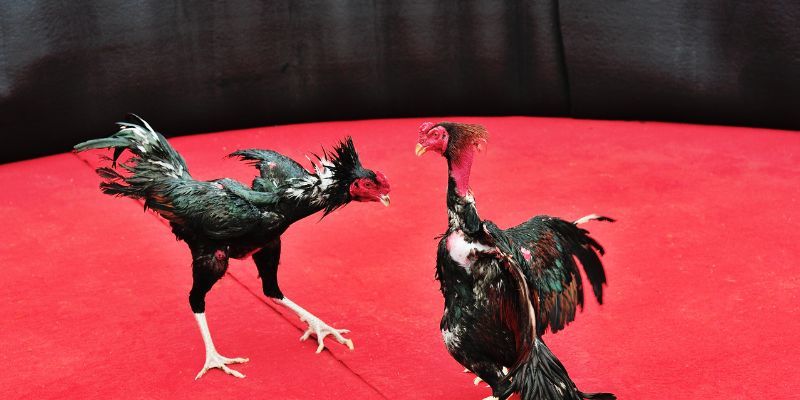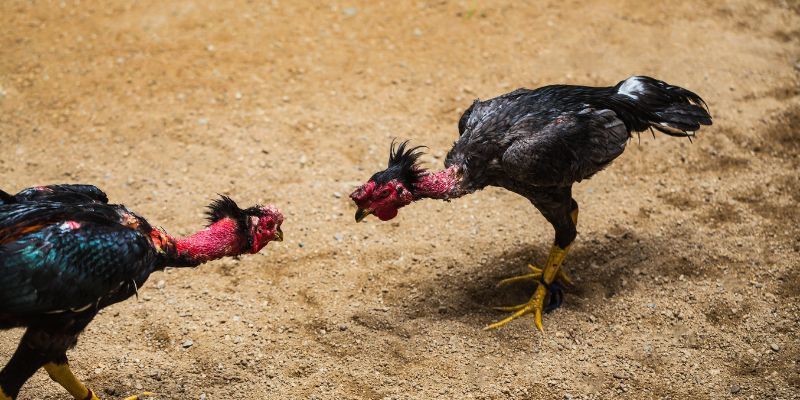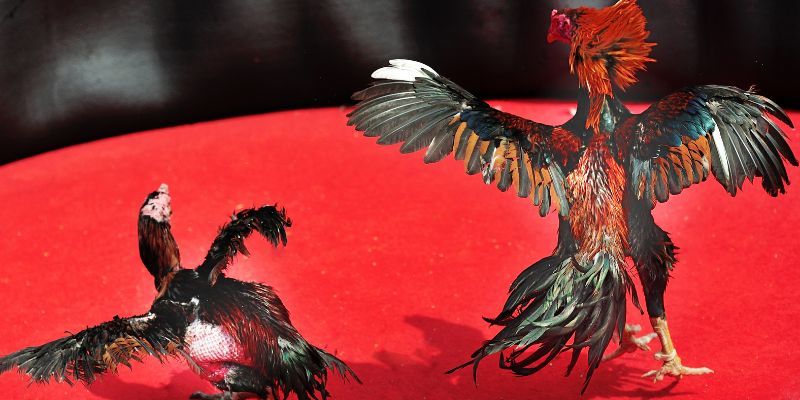Fighting cocks selected for high-quality, intense battles
Fighting cocks selected for high-quality, intense battles
From John Smith
I'm raising money for a cause I care about, but I need your help to reach my goal! Please become a supporter to follow my progress and share with your friends.
Subscribe to follow campaign updates!
More Info
Gà đá tuyển chọn is a phrase that resonates deeply within the world of Vietnamese cockfighting. This tradition, steeped in culture and history, captures not only the essence of competition but also the intricate art of breeding and training roosters for combat. In this blog post, we will delve into the various facets of Selected fighting cocks, exploring everything from the breeding process to the strategic elements of fights, and the cultural significance behind this age-old practice.
Breeding Techniques for High-Performance Roosters
Breeding for Selected fighting cocks requires a delicate balance of science, art, and tradition. Understanding genetics, health, and temperament is vital in producing top-tier fighters.
Selecting the Right Breeds
Choosing the right breeds is critical when it comes to raising championship roosters. Several types of chickens are favored in the arena, each possessing unique traits that lend themselves well to competition.
Commonly selected breeds include the Shamo, Asil, and Ga Noi::
hole: Known for their impressive size and endurance, they are formidable opponents in the ring.
Result: Renowned for their warrior-like spirit, they exhibit aggression and resilience.
Here We Are: This local breed is admired for agility and cleverness, making them unpredictable fighters.
When selecting breeds, enthusiasts often consider lineage and previous performance records, aiming to combine the best traits into their new flocks.
Health and Nutrition
Maintaining optimal health and nutrition is paramount in breeding successful roosters. A diet rich in protein, minerals, and vitamins is essential for fostering growth and stamina.
Breeders often formulate specialized diets tailored to the developmental stages of their birds. Young chicks require different nutritional profiles than mature roosters. Adequate hydration and access to fresh greens also play crucial roles in ensuring overall health.
Additionally, regular health checks are imperative. Preventative measures against diseases such as avian influenza and Newcastle disease help maintain a healthy flock.
Training and Conditioning
Training methods for Selected fighting cocks vary significantly among breeders. A well-conditioned rooster is more likely to perform well in the ring.
Training regimens can include a combination of physical exercise, mental stimulation, and exposure to other birds. Physical exercises may involve controlled sparring sessions, allowing roosters to develop their combat skills without injury.
At the same time, mental conditioning is equally important. Some trainers utilize sounds or movements to instill confidence and aggression in their birds. This comprehensive approach ensures that the roosters not only have the physical capabilities but also possess a strong fighting spirit.

Breeding Methods for Exceptional Roosters
The Art of Training Roosters for Combat
Training a rooster for combat is an intricate process that requires patience, understanding, and skill. It's not just about brute force; it's about cultivating intelligence, strategy, and emotional resilience.
Establishing a Bond
Building a connection with the rooster is foundational in training. The bond between the trainer and the bird fosters trust, which can enhance performance during fights.
Spend quality time interacting with the roosters, handling them gently, and using positive reinforcement techniques. When a rooster feels secure and understood, it translates into better responsiveness during training sessions.
Psychological Training
Combat roosters need to develop a strong psychological edge to succeed in the ring. Trainers often introduce simulated threats or challenges to acclimate their birds to the pressure of a real fight.
Gradually increasing the intensity of these drills helps build a rooster's confidence and adaptability. Moreover, exposing them to different environments prepares them for the unpredictability of a live audience during matches.
Sparring Practices
Sparring is a critical component of training for Selected fighting cocks. Controlled sparring sessions allow roosters to practice their fighting techniques without facing serious harm.
During these sessions, trainers observe and analyze the fighting styles of their roosters. This information informs them about strengths and weaknesses, enabling targeted training adjustments.
It's important to ensure that sparring partners are evenly matched in size and experience level to prevent injuries. Safety should always be a priority during these training practices.

The Craft of Combat Rooster Training
Cockfighting Matches: Strategies and Techniques
When it comes to the actual matches, Selected fighting cocks takes on another dimension. Success in the arena hinges on strategy, preparation, and the ability to read opponents.
Match Preparation
Preparing for a cockfight involves meticulous planning. Before the matchday, trainers focus on ensuring that their roosters are in peak condition.
This includes finalizing dietary needs, ensuring ample rest, and simulating fight conditions. Understanding the opponent’s strengths and weaknesses is also integral—knowledge is power in the arena.
In-Ring Strategy
During the match, roosters employ various techniques, influenced by their training and inherent instincts. Observing how a rooster reacts to certain situations provides valuable insights into its fighting style.
Some birds prefer aggressive tactics, aiming to dominate early on, while others may adopt a more defensive stance, waiting for their opponents to make mistakes. Successful trainers recognize their rooster's natural tendencies and capitalize on these traits.
Reading Opponents
Being able to read opponents is a vital skill for both trainers and the roosters. Body language, movements, and breathing patterns can all reveal intentions during a fight.
Trainers must remain vigilant, analyzing how the opposing rooster engages. This information can inform strategies mid-match, allowing for tactical adjustments.
The most adept trainers foster quick decision-making skills in their roosters, allowing them to adapt to unexpected developments in the fight.
Post-Match Analysis
After the match, reflecting on performance is essential for growth. Analyzing what worked and what didn’t provides invaluable lessons for future training.
Discussing outcomes with fellow breeders or trainers can broaden perspectives and inspire new techniques. Continuous learning and adaptation are hallmark traits of successful Selected fighting cocks enthusiasts.

Cockfighting Battles: Methods and Approaches
Conclusion
The world of Selected fighting cocks is a tapestry woven from history, culture, and dedication. It encompasses far more than mere bloodsport; it highlights human connection, the beauty of nature, and the relentless pursuit of excellence.
As we’ve explored in https://789betp4.com/, the journey involves careful breeding, intricate training, and a profound appreciation for the animals involved. Whether you are a seasoned breeder or a curious newcomer, understanding the nuances behind Selected fighting cocks enriches your perspective and celebrates the vibrant culture surrounding this captivating tradition.
Campaign Wall
Join the Conversation
Sign in with your Facebook account or email.
